Big in Japan: this portable, anonymous pocket translator is adorable
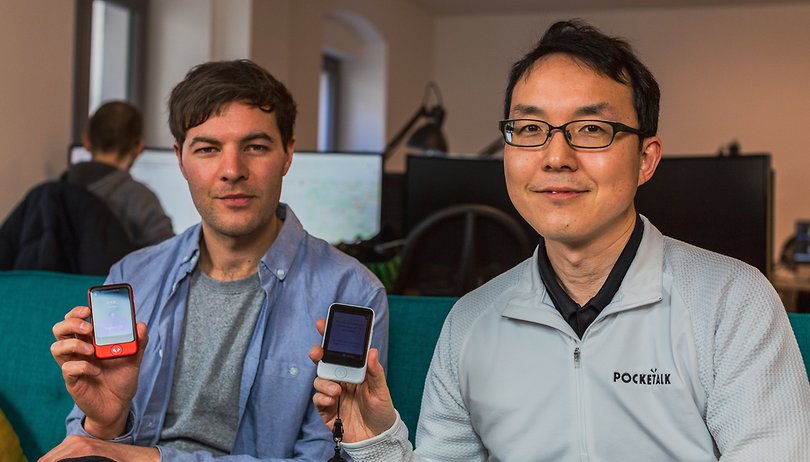

The Pocketalk S is the portable, AI-powered instant voice translation device manufactured by Sourcenext. The product promises to break down language barriers and bridge the gap between different spoken languages. But does it work? We sat down with Managing Director, Tom Kojima, to find out.
Sourcenext the largest distributor and creator of software, hardware, and IoT products in Japan, and the Pocketalk S is the second generation of its mobile, personal translator. It's undoubtedly a cute device. When I opened the package at our editorial office my colleagues thought I was walking around with an old HTC smartphone from 10 years ago.
Tom tells me that 700,000 Pocketalks have been sold already, although he admits most of these are in Japan where companies such as Japan Railways (JR) and the cosmetics giant Shiseido have been snapping them up to help staff communicate with customers from around the world. And I really do mean around the world. Pocketalk supports 74 languages in total. It can translate 55 languages into speech and text, while an additional 19 languages can be translated into text only. More are coming, too. There's also an 8-megapixel camera on the back so you can take pictures of menus or information boards to translate them.
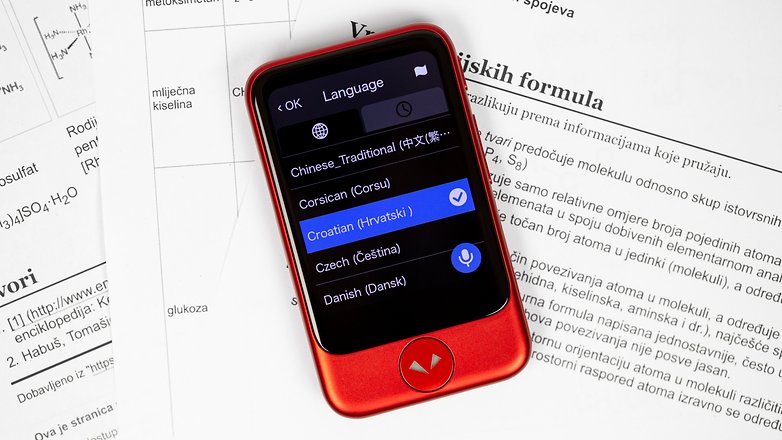
Powering all of this is ARM Cortex 53 Quad-Core processor clocked at 1.3 GHz. The Pocketalk S uses a custom OS, but it is based on Android 8.1. The translation is all done in the cloud, so the device needs to be connected at all times. For this reason, it supports Wi-Fi and 4G/LTE. You get a two-year 4G/LTE data plan included when you buy the device. Sourcenext uses lots of different engines to do the actual translating, including Google Translate, Baidu, and several regional specific engines. Your Pocketalk will choose a combination of engines to use based on which two languages you are translating between. This multi-engine gives you more accurate translations than using a single service such as Google Translate or DeepL.

In terms of battery life, you get 2.5 days of standby time and up to 4.5 hours of continuous translation. Charging is done via USB-C. It takes 105 minutes to completely refill the battery.
We tested it out using several of the native languages spoken in our office including English, German, French, Spanish, Croatian and Japanese with the help of Tom Kojima from Sourcenext. Considering this is beaming to servers and engines in the cloud, it's really fast. You can watch a short demo of how it works in the video below.
Why not just use Google Translate on your smartphone?
This is, ultimately, the first question anyone is going to ask when you pitch them a dedicated, portable translating device. It is true that all of the features that Pocketalk offers come pre-installed on almost everyone smartphone sold today.
Tom has four answers to this question because he believes that Pocketalk has four advantages over using what is already in your pocket. The first is accuracy, because several engines are used in combination to provide a better translation. The second is better connectivity, as the data plan is worldwide, so you don't need to find Wi-Fi or use data roaming ever. The third is speed and ease of use, and the fourth is security and privacy, and there is no personal data connected to your Pocketalk S.
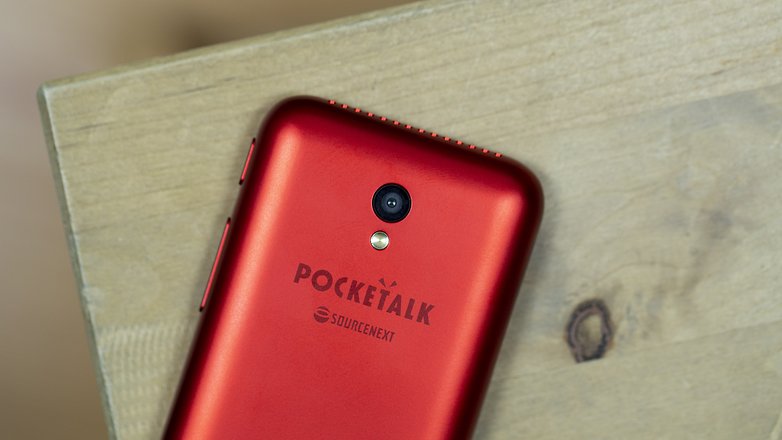
For me personally, the fourth argument is the strongest. You don't have an account with the Pocketalk S, and there is no sign up whatsoever. You pull it out of the box and it is ready to go. Sure, the translation is done in the cloud but there is no way to connect to the words to the person using it. It's completely anonymous. So I can see a use for the Pocketalk S for the kind of consumer who is privacy-conscious and doesn't want Google listening in on what they say and linking it to their account, location, and the rest of it. However, the Pocketalk S has a problem, and it's a big one.
It's far too expensive
The Pocketalk S costs $299 in the United States and €299 in Europe. In the UK, the price is £259. As I mentioned earlier, you get a two-year data plan included for that, but once it runs out you have to pay another €50 to renew it.
Three-hundred bucks is a lot of money for a device that performs one function. When you consider how much smartphone you can buy today for that kind of money, I'm not surprised that Sourcenext has achieved success in the commercial market first and foremost, where companies with deep pockets can purchase something that performs the single function they need very well.
Don't get me wrong, it's a cool piece of tech and I would totally use this if I was traveling to a country where I could not speak a word of the local language or where English was not as universally understood as it is in Europe, but you'd have to be a bit of a five-star tourist to purchase one.
You can buy the Pocketalk S in select European markets now, including the UK. In the US, pre-orders are now being accepted with the first shipments scheduled to go out on March 16, 2020.


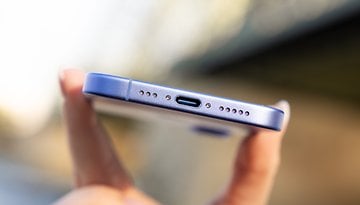

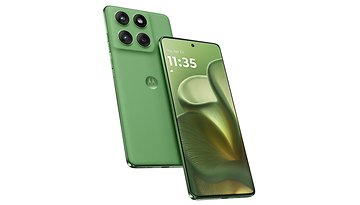


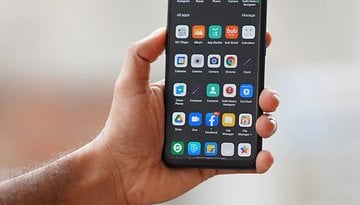


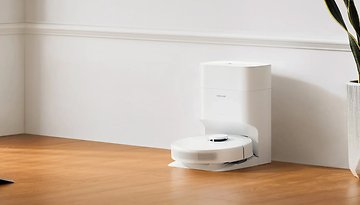
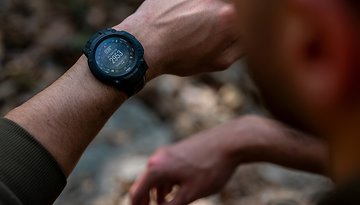


We will see how it will be
-
Admin
Mar 7, 2020 Link to commentExactly, nice but expensive